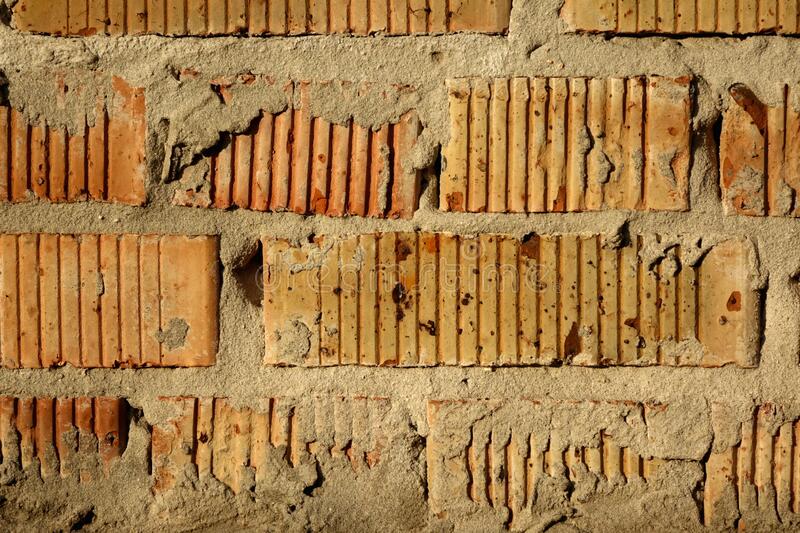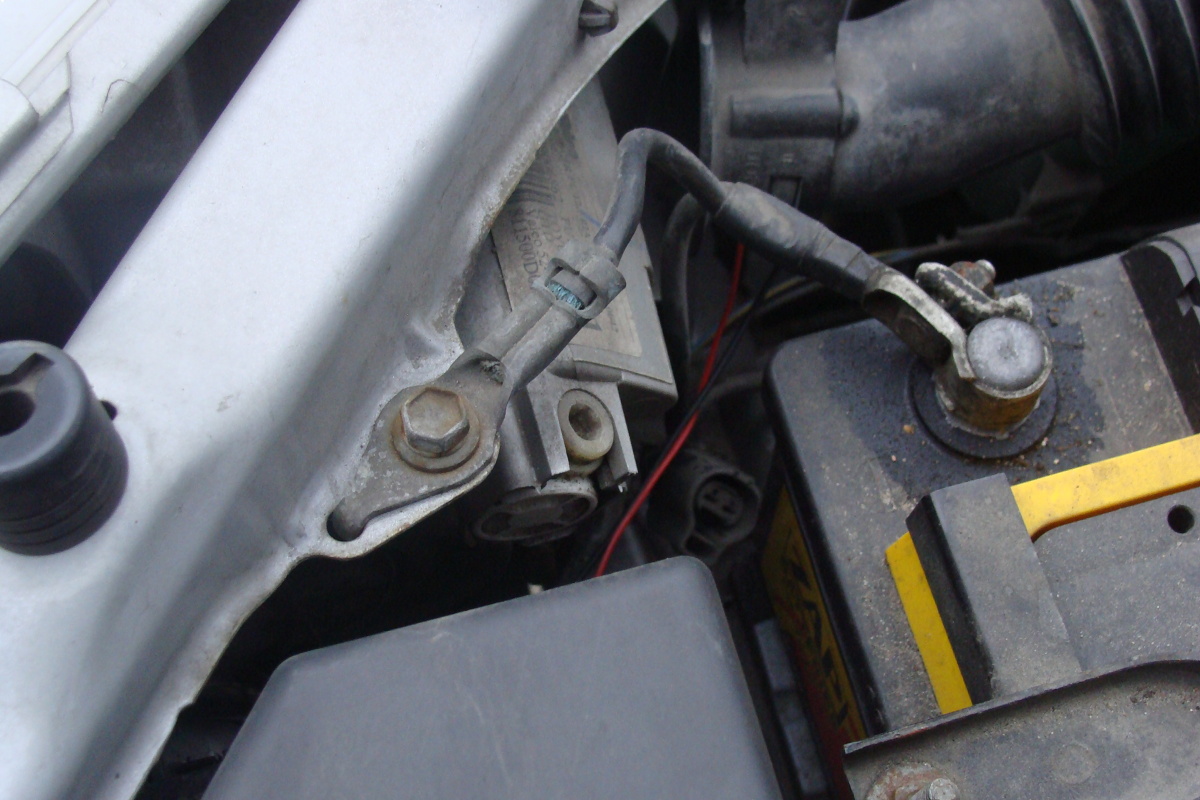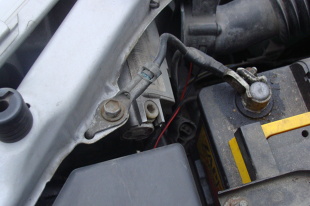
Bad connections
 Studies show that the most emergency elements in the electrical system of a car are the various types of connections available in it.
Studies show that the most emergency elements in the electrical system of a car are the various types of connections available in it.
Corrosion is one of the causes of damage to electrically conductive contact surfaces in joints. this is the deadline  conventional, which covers various processes that cause changes both on the surface and in the structure of the metal from which the connection is made. These can be chemical or electrochemical processes. The result of the first is the formation of a corrosion layer on metal surfaces (with the exception of the so-called noble metals), consisting of compounds of this metal with oxygen and its reaction products with acids, bases or other chemicals. However, in electrochemical processes, we are dealing with the formation of a so-called galvanic cell, which forms two different metals in the presence of an electrolyte. Over time, the lower potential metal, i.e. the negative pole of the cell, decomposes. The most common electrolyte in a car is saline moisture, which can seep into all the nooks and crannies of a car.
conventional, which covers various processes that cause changes both on the surface and in the structure of the metal from which the connection is made. These can be chemical or electrochemical processes. The result of the first is the formation of a corrosion layer on metal surfaces (with the exception of the so-called noble metals), consisting of compounds of this metal with oxygen and its reaction products with acids, bases or other chemicals. However, in electrochemical processes, we are dealing with the formation of a so-called galvanic cell, which forms two different metals in the presence of an electrolyte. Over time, the lower potential metal, i.e. the negative pole of the cell, decomposes. The most common electrolyte in a car is saline moisture, which can seep into all the nooks and crannies of a car.
Unnecessary electric discharges in the form of an electric arc occur when contacts of various types are closed and opened, as well as during mutual movement of loose connections of connectors and terminals. This harmful sparking causes gradual oxidation of the contact surfaces and the phenomenon of material transfer from the part connected to the positive pole to the part closer to the negative pole. As a result, pits and protrusions are formed which reduce the actual electrical contact of the surface in the connection. As a result, the junction resistance increases and the supply voltage drops. This process continues until the contact surfaces are completely burned, breaking the electrical circuit. There is also the danger of "welding" the contacts, which means that the circuit cannot be disconnected.
The described damage to the electrical connections can be largely prevented by regular care and maintenance. Joints most susceptible to moisture and therefore galvanic corrosion should be periodically sprayed with moisture displacing agents. The oxide layer on conductive surfaces can be removed with sandpaper. Contacts cleaned in this way should be protected with contact spray, for example. If it is possible to weaken the conductive surfaces, it is necessary to control and correct the force of their mutual pressure, for example, by tightening the threaded connections with the appropriate torque.
